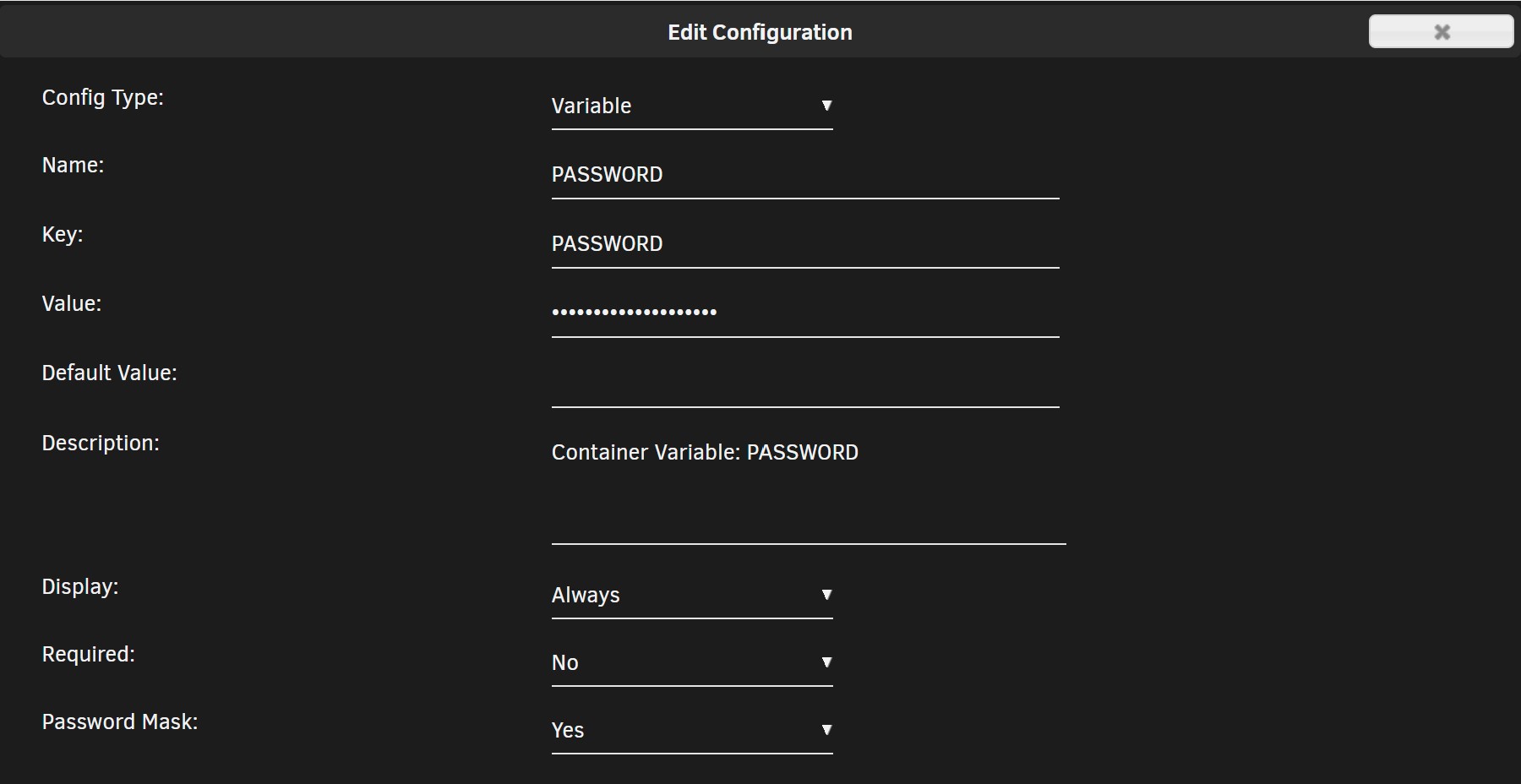
So, like any guide you read on the Internet, please be cautious before running any command on your system. Since the root user has no security restrictions, if you run the wrong command as root, you could potentially damage your Ubuntu installation. The sudo command lets you run things as the privileged “root” user, without having to log in as root. Before you enter your password, a quick security disclaimer. When you run this command, it will prompt you for a password. In your terminal window, enter the following command all on a single line.
#Unraid setup plex install#
If you installed Ubuntu desktop, there is a built-in terminal emulator.įirst you will want to download and install any updates that have been released since the installation image was created. I would recommend grabbing Putty even if you don’t use it now, since it will come in handy for future maintenance on the system. If you installed Ubuntu server, you can either run the commands directly on the machine, or you can use a remote terminal emulator program such as Putty. Most of the remaining steps in this guide are completed in a terminal window. If you choose Ubuntu desktop, I’d recommend the minimal install to avoid wasting space on games and other programs that you won’t use. If you opted for Ubuntu server, you will need to enable the OpenSSH server when you get to that step, but you won’t need any of the other optional software.
#Unraid setup plex windows#
Make a bootable install disk using Rufus on a Windows machine, using an empty flash drive 8GB or larger.īoot to the USB drive on your new server and go through the installation process. My reasoning is once Plex is installed you shouldn’t really need to interact with the system locally outside of an occaisonal update, so why waste resources running a GUI that’s not going to be used? But I will leave that decision up to you and provide links to both installation images.

I differ from JDM here, I prefer to use Ubuntu server, where he recommends Ubuntu desktop. You can’t have it running when you transfer the data to the new system.


You get to the point in the guide where it tells you to create new libraries, and you ask yourself, “Can’t I just copy my libraries from the old server?” Good news! Yes, you can copy your libraries and metadata from one server to another. So you’ve read JDM’s QuickSync guide and you’ve decided to switch from your previous “One Server To Rule Them All” approach to a separate NAS and dedicated QuickSync system.


 0 kommentar(er)
0 kommentar(er)
